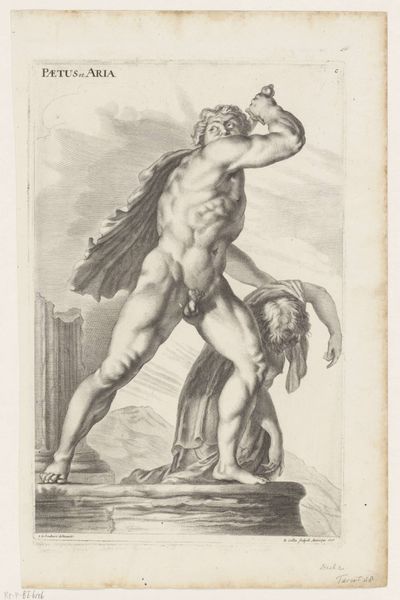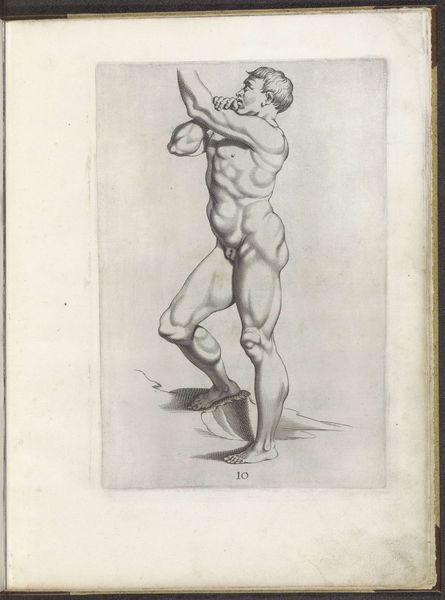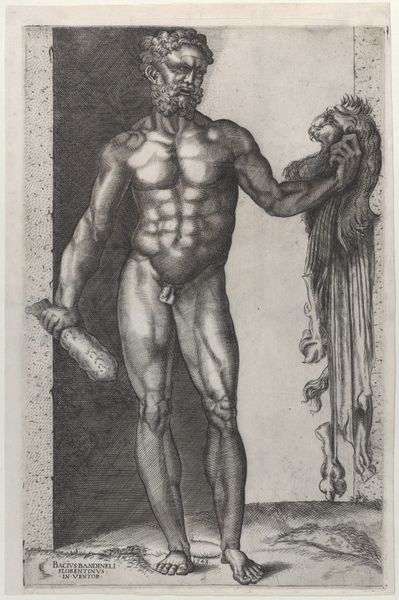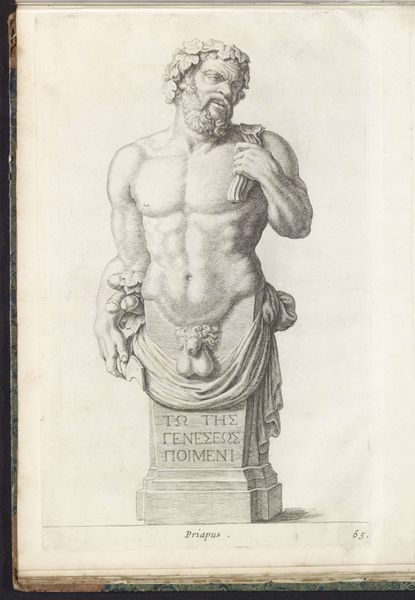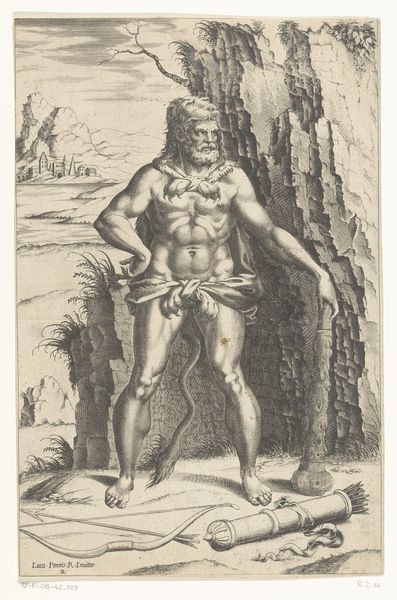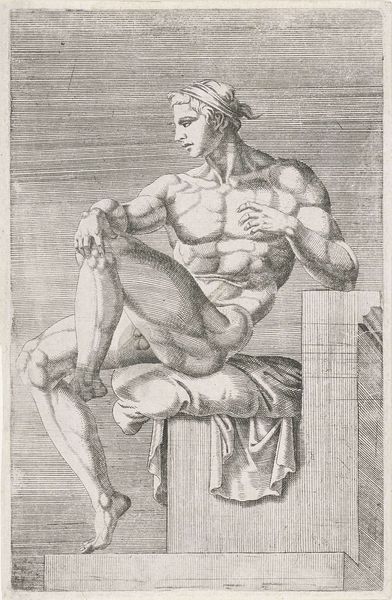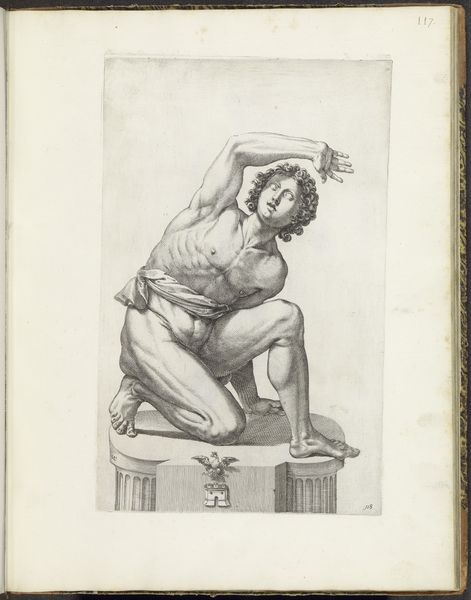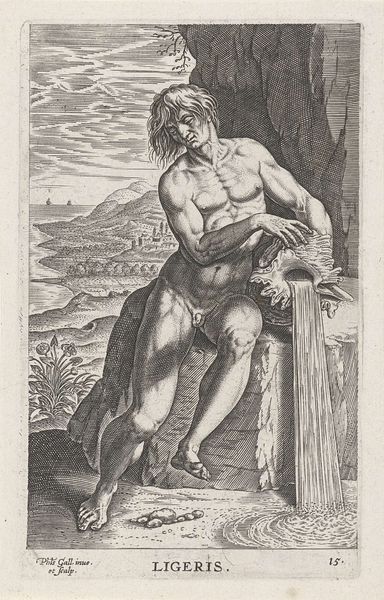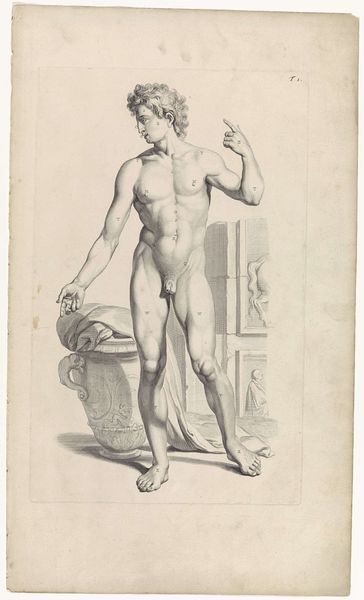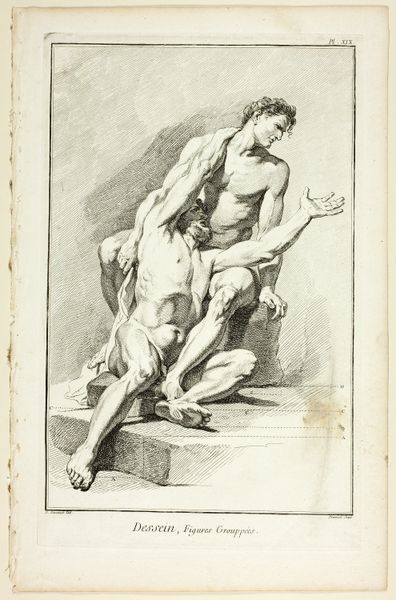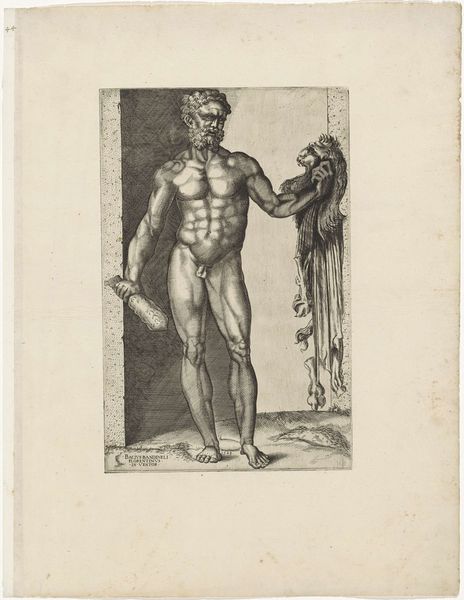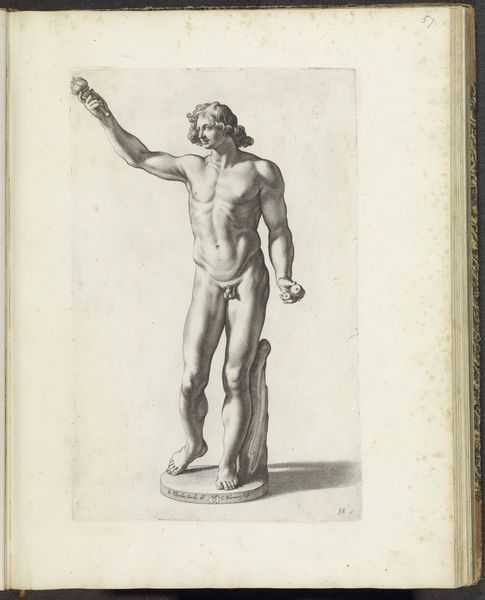
etching
#
portrait
#
baroque
#
etching
#
figuration
#
history-painting
#
nude
Dimensions: height 318 mm, width 207 mm
Copyright: Rijks Museum: Open Domain
Richard Collin made this engraving of Seneca in the Netherlands sometime in the late 17th century. It depicts the Roman philosopher Seneca committing suicide, in accordance with the order of Emperor Nero. It's interesting to think about why a Dutch artist would choose to represent this subject at this time. In the Dutch Republic, the dominant religion was Calvinism, and one of its central tenets was the value of self-control. Suicide was seen as a failure to master one's passions. However, there was also a strong humanist tradition in the Netherlands, so Seneca's suicide may have been seen as an admirable act of defiance against tyranny. We might look at the prints and publications that were circulating in the Netherlands at this time to understand how people were thinking about moral philosophy and the role of the individual in resisting authority. Examining institutional records might reveal how the Dutch Republican government viewed these questions. This image embodies the tension between religious and political values in the Dutch Golden Age.
Comments
No comments
Be the first to comment and join the conversation on the ultimate creative platform.
